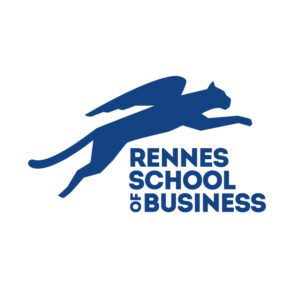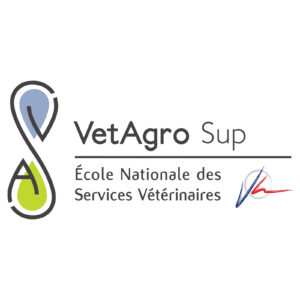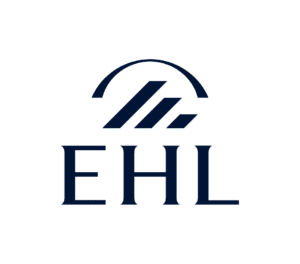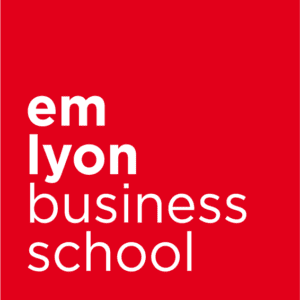Les étudiants évaluent la qualité des enseignements reçus. L’enseignant peut accéder aux résultats anonymisés et comprendre ce qui a été bien perçu ou moins bien perçu dans son cours.
💡 Sélectionnez le modèle dans ChallengeMe pour lancer cette activité en un clic !
L’objectif principal est de recueillir des retours constructifs des étudiants sur la qualité de l’enseignement afin d’améliorer continuellement les cours et les méthodes pédagogiques.
Amélioration continue des cours – Les retours des étudiants permettent aux enseignants d’ajuster et d’améliorer leur pédagogie.
Engagement des étudiants – Les étudiants se sentent écoutés et impliqués dans leur propre apprentissage.
Identification des points forts et faibles – Les enseignants peuvent identifier clairement ce qui fonctionne bien et ce qui nécessite des améliorations.
Adaptation aux besoins des étudiants – Les enseignants peuvent mieux comprendre les attentes et les difficultés des étudiants.
Transparence et communication – Cette pratique favorise un dialogue ouvert entre les enseignants et les étudiants.
Valorisation de l’enseignement – L’évaluation démontre l’importance accordée à la qualité de l’enseignement au sein de l’institution.
💡 Sélectionnez la collection de critères associé à ce cas d’usage dans la plateforme
Les étudiants ou enseignants évaluent les travaux en utilisant les critères d’évaluation définis par l’enseignant.
Ils peuvent également donner leurs feedbacks.
Les étudiants découvrent les évaluations et feedbacks reçus en fonction des options d’affichages définies.
Choisissez la méthode d’évaluation qui vous convient le plus.
Vous pouvez utiliser une activité « simple » ou ajouter des phases de dépôts ou d’évaluation supplémentaires.
Pourquoi ne pas utiliser notre assistant IA pour guider les étudiants dans leur feedback. L’assistant peut leur donner des éléments pour améliorer leur feedback et le rendre plus constructif.
⬜ Garantir l’anonymat – Assurez-vous que le système d’évaluation préserve l’anonymat des étudiants pour encourager des retours honnêtes.
⬜ Choisir le bon moment – Effectuez l’évaluation à un moment où les étudiants ont suffisamment d’expérience du cours, mais avant la période d’examens.
⬜ Expliquer l’importance – Communiquez clairement aux étudiants l’importance de leurs retours pour l’amélioration des cours.
⬜ Utiliser des questions variées – Incluez à la fois des questions fermées (échelles de notation) et ouvertes pour obtenir des retours détaillés.
⬜ Agir sur les résultats – Montrez aux étudiants comment leurs retours ont été pris en compte pour améliorer le cours.
⬜ Encourager l’auto-réflexion – Utilisez les résultats pour réfléchir sur vos propres pratiques d’enseignement et votre développement professionnel.
⬜ Contextualiser les résultats – Tenez compte des facteurs externes qui peuvent influencer les évaluations (taille de la classe, niveau du cours, etc.).
⬜ Partager les bonnes pratiques – Utilisez les retours positifs pour identifier et partager les bonnes pratiques pédagogiques au sein de l’institution.









ChallengeMe propose des critères d’évaluation clairs et précis que vous pouvez personnaliser. En outre, l’anonymat des évaluations et la possibilité d’avoir plusieurs évaluateurs par travail aident à garantir l’équité.
Nous recommandons également de préparer les étudiants, de leur expliquer les objectifs, voir de coconstruire avec eux la grille critériée en prenant exemples sur d’anciens travaux.
Absolument, le travail de groupe est possible, aussi bien en phase de réponses (dépôt d’un fichier en groupe par exemple) que en phase d’évaluation (les étudiants doivent se mettre d’accord sur le feedback et les évaluations)
Nous avons plusieurs contenus disponibles. Dans la plateforme, les étudiants sont accompagnés sur l’activité avec des conseils pour donner des feedback pertinents. Nous mettons aussi à disposition des enseignants des documents qu’ils peuvent utiliser pour présenter l’activité aux étudiants.
Vous choisissez ! Vous pouvez mettre en place du formatif uniquement (pas de notes, uniquement des feedback) ou bien construire une note avec de la pondération sur les critères, des bonus/malus selon certains événements (retard par exemple) ou encore pondérer la note de l’évaluation par les pairs avec celle de l’enseignant.
Nous travaillons avec + de 90 écoles en France, Suisse, Belgique et au Québec. Vous trouverez sur notre site plusieurs retours d’expériences d’autres écoles sur nos activités.






Nous vous proposons d’essayer gratuitement ChallengeMe. N’hésitez pas à nous contacter directement pour toutes vos questions, notre équipe sera ravie de vous aider !